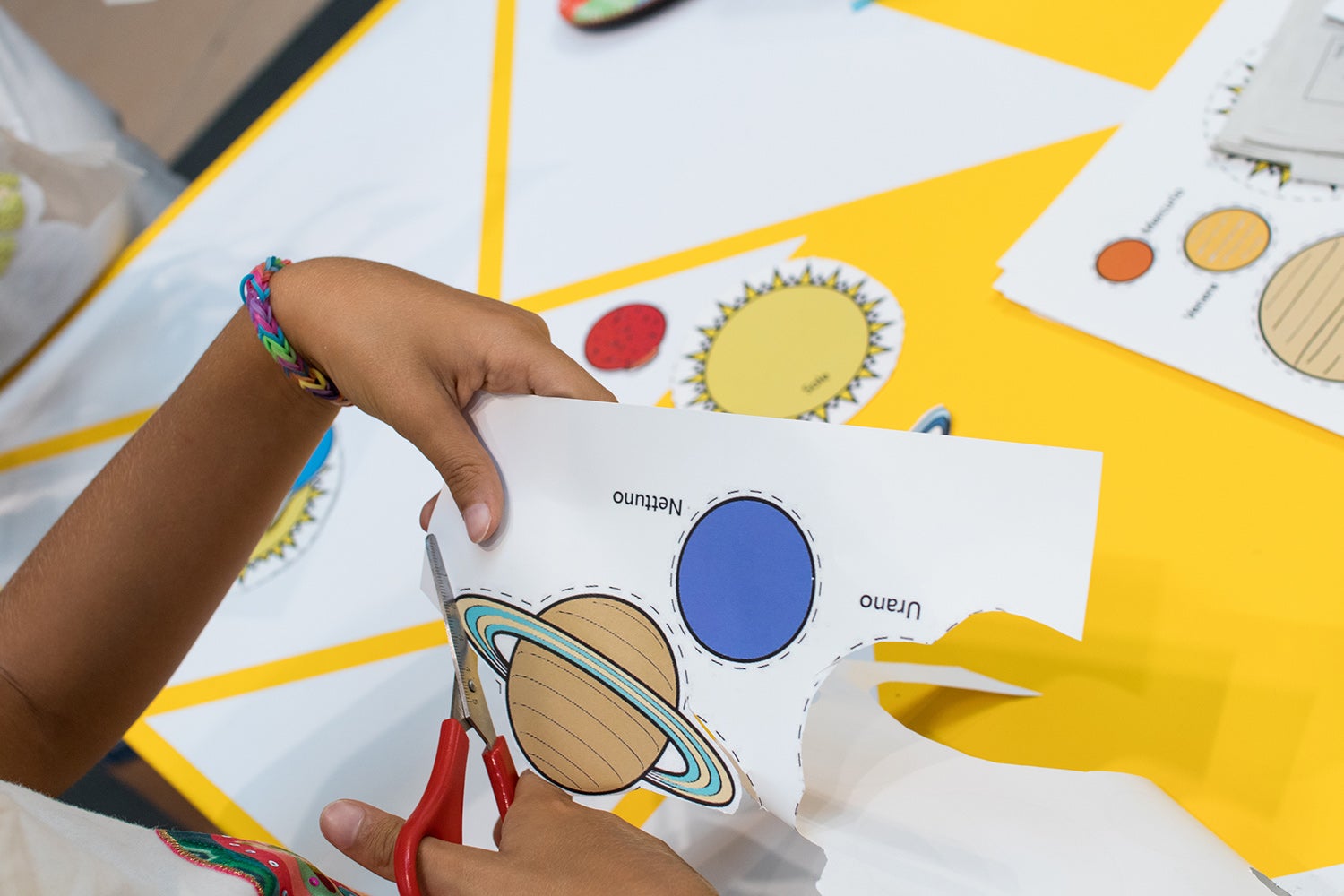Table of Contents
Oregon Trail has an extraordinary origin story, illuminating many of the crucial elements that make games engaging and powerful for learning. Given its exceptional start within a favorable early ecosystem, one might expect hundreds—even thousands—of compelling games for learning on the market today. But, as with Oregon Trail, the path has not been straightforward or simple.
By now, we’re well into the third generation of development of games for learning. To understand how we got here, it may be helpful to look at a few key moments in the ‘edutainment’ timeline.
The late 1980s and 1990s
The first generation of learning games was almost accidental—led by curiosity-driven, extraordinary developers like Don Rawitsch who had a passion for their respective disciplines and recognized the power and fun in games. These were often not deliberate efforts to affect learning or change classrooms but passion projects where learning was simply a byproduct.
In this era, SimCity, Civilization, Myst and the Logical Journey of the Zoombinis were born. These were fun games, designed mostly for leisure time. That they could also provide learning opportunities came as a genuine surprise to many developers. Other games of this time—such as Carmen Sandiego, MathBlaster and Reader Rabbit—were more intentionally instructive but tended to focus on early learning and more simple game mechanics.
Around this time, learning scientists picked up on the educational potential of gaming and began running research studies, largely with National Science Foundation (NSF) dollars. Some were brilliant and deliberate in their attention to learning and game mechanics, while others focused on strong narrative arcs, consequential decision-making and world-creation. This was before large game studios consolidated the market, and small companies like Broderbund, MECC, Maxis and the Learning Company thrived.
The 2000s and early 2010s
The second generation is marked by the MacArthur Foundation program to introduce the best games had to offer explicitly with learning. It was a notable moment when a prestigious private foundation dedicated a large, multi-year program to combining talent and capital to prototype learning games. MacArthur pulled from both the academic and commercial communities, and important research started to emerge from university consortia and non-profits. But, while this program produced many of the giant pioneers still active in the field today, the projects themselves largely failed to thrive.
During this same period, hundreds of R&D grants from the NSF stimulated scores of game prototypes for learning research. Some showed great promise for learning, engagement and fun. However, nearly all failed to launch widely into commercial use.
Here, the gulf between games for entertainment and games for impact widened significantly. Triple-A titles and companies like Activision, Blizzard and Electronic Arts came to dominate the talent and capital markets. Many digital artists who were learning enthusiasts migrated to the app world instead of games. And, while Triple-A titles entered 3D worlds, education video games remained largely 2D and limited in imagination by pedagogical philosophies and the practical constraints of the school day.
As a result, few games ever successfully penetrated the education ecosystem, unless introduced by a digital “uber” teacher—the exceptional ones who go to extraordinary lengths to wedge a game into their curriculum. From the 1990s to present day, teachers have had precious little wiggle room to stray from the over-packed curriculum, let alone liberty to play a game. Just as damning, most computer “games” that have entered the classroom hardly differ from typical classroom instruction, reinforcing basic skills through repetition and tightly tied to assessment systems.
The past ten years
With the technological affordances of popular game engines and cloud computing, promising designs are now emerging. But the third generation of the learning games movement is still very young.
Two notable standouts of the past decade are Minecraft and Roblox. Both have found immense global popularity among pre-teens and teens and a large following among educators willing to introduce these games during class time. This has raised the question of whether the gap in quality and popularity between entertainment games and impact games can be closed.
Recently, the world of edtech financing has exploded. COVID has only accelerated this trend. At the same time, many game-making professionals have grown tired of entertainment-only games and leery of the often toxic culture. A significant number of talented game makers are jumping over to games designed for meaning, impact and learning. This is beginning to shrink that gap.
The surrounding ecosystem is also much changed, as evidenced by the growing presence of computers and broadband in schools and homes, a new generation of teachers who grew up as gamers, the unbundling of textbooks and an increase in tech-mediated learning. And thankfully, learning scientists and game technologists are discovering each other again.
The present moment
Current conditions highlight several significant tensions for the future of learning games. Let’s examine just a few of the questions in need of answering.
Is it smarter to bet on the in-school or out-of-school market? The funding cycles and market dynamics of selling to a school or district are very different from the consumer-based market. One must also consider the constraints of school versus leisure time. As such, companies and investors are being forced to choose one path or the other.
In the past 15 years, it’s proven more successful for a popular game with some learning value to strike it big in the consumer market and then seep into schools, mostly thanks to those aforementioned “uber” teachers. What kind of learning games would work for more ordinary teachers, and where would games fit into the traditional curriculum? What is the right alchemy of pedagogy, subject-matter coverage, assessment and teacher professional development that would ultimately see learning games integrated into schools? Or, is that too much to imagine?
Another quandary is what to do about teenagers. Education games, by and large, prefer to target younger learners and perhaps safer, more straightforward game mechanics. Entertainment game companies love teenagers and their discretionary time and are fearful of anything that even smells like school. As these game companies are quick to ask: Is there any revenue in learning (especially given the revenue and time already flowing to the entertainment-only market)?
Finally, there is the question of the academics: the researchers, learning scientists and subject matter specialists. Where do they plug in? They are a valuable piece of the puzzle. Yet, the academic incentive system still skews heavily toward research publication. It isn’t clear to me how we bridge the significant divide between the academic and game-making communities, as essential as that seems for progress.
In spite of the above challenges, there is good reason for optimism. However, a number of very practical considerations still remain to be addressed. Where do learning games go from here?





More Stories
The Ultimate Guide to Landing the Best Online Teaching Jobs
Unveiling the Path: How to Start Your Career as an Online Teacher
Unveiling the Significance: Why CTE Credentials Matter More Than Ever